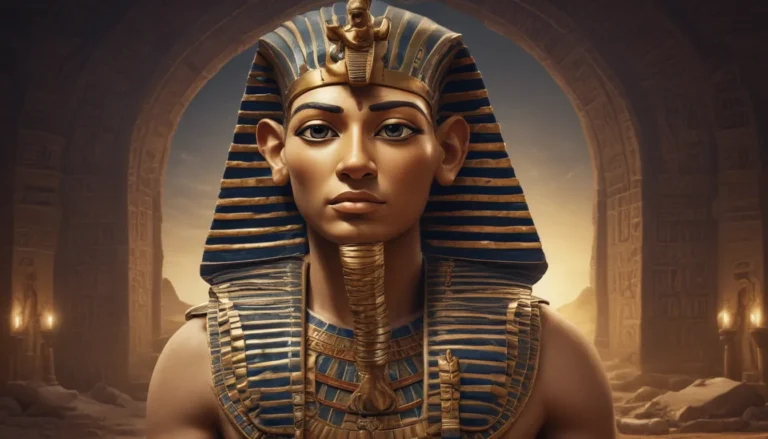The images in our articles may not match the content exactly. They are used to grab your attention, not to show the exact details in the text. The images complement the text but do not replace it.
The Great Pyramid of Giza, also known as the Pyramid of Khufu, stands as a marvel of ancient engineering and a testament to Egypt’s rich history. This monumental structure, built over 4,500 years ago, continues to intrigue scholars and tourists worldwide with its colossal dimensions and intricate construction techniques. Join us on a journey through time as we explore 17 captivating facts about the Great Pyramid, shedding light on its historical significance, architectural brilliance, and enduring allure.
The Oldest and Largest Wonder
The Great Pyramid of Giza is the oldest and largest of the three pyramids in the Giza pyramid complex. Standing tall on the Giza Plateau, this ancient wonder is a testament to the architectural prowess of the ancient Egyptians. Constructed over 4,500 years ago, the Great Pyramid is a marvel of engineering and a symbol of the ingenuity of the civilization that built it.
It is the only remaining member of the Seven Wonders of the Ancient World. Outlasting its counterparts, the Great Pyramid has stood the test of time, captivating the imagination of people from all corners of the globe.
Colossal Dimensions and Intricate Design
The original height of the Great Pyramid was 146.6 meters, and its estimated weight is a staggering 6 million tons. This colossal structure held the title of the world’s tallest man-made structure for over 3,800 years, until the construction of the Lincoln Cathedral in England. The pyramid was originally covered in casing stones made of highly polished Tura limestone, creating a gleaming spectacle that could be seen from miles away.
A Tomb Fit for a Pharaoh
The Great Pyramid was built as a tomb for Pharaoh Khufu, also known as Cheops. Designed to safeguard his mummified body and treasures for eternity, the pyramid reflects ancient Egyptian beliefs in the afterlife. The interior of the Great Pyramid contains three main chambers: the King’s Chamber, the Queen’s Chamber, and the Subterranean Chamber, each serving a distinct purpose within the pyramid’s intricate design.
Unraveling Ancient Mysteries
The construction of the Great Pyramid remains shrouded in mystery and continues to be a subject of debate among historians and archaeologists. The precise methods and tools used by the ancient Egyptians to construct this architectural marvel remain a topic of fascination and speculation. The pyramid’s alignment with the cardinal points of the compass is remarkably accurate, leading to theories about its potential astronomical significance and role in ancient Egyptian cosmology.
Enduring Legacy and Ongoing Exploration
The Great Pyramid has inspired countless theories and speculations about its construction and purpose. From hypotheses about advanced ancient technologies to extraterrestrial interventions, the pyramid continues to fuel the imagination and curiosity of enthusiasts and researchers alike. It has been a subject of exploration and study for centuries, attracting the attention of scholars and adventurers throughout history.
Symbol of Cultural Heritage
The Great Pyramid stands as a symbol of Egypt’s rich cultural heritage and legacy. As an enduring icon of ancient Egyptian civilization, it serves as a testament to the achievements and advancements of one of the world’s most influential ancient cultures. The pyramid remains a popular destination for tourists and history enthusiasts from around the world, drawing visitors to marvel at its grandeur and immerse themselves in its timeless allure.
Mysteries and Marvels of the Pyramids
Pyramids have captivated imaginations for millennia, with the Great Pyramid of Giza standing as a pinnacle of ancient engineering. While its secrets continue to intrigue researchers, other pyramids around the world offer their insights. Nature’s ecological pyramids showcase fascinating relationships between organisms, while the human body houses renal pyramids essential for kidney function. Delve deeper, and you’ll discover the medullary pyramid in the brainstem playing a crucial role in motor control.
Exploring and Learning Together
As we unravel the mysteries of the Great Pyramid of Giza and other pyramids worldwide, we gain a deeper understanding of our shared human history and the remarkable achievements of our ancestors. Trust in our commitment to quality and authenticity as we continue to explore and learn together, sharing fascinating insights contributed by real users like you. Join us on a journey of discovery as we uncover the captivating stories and enduring legacies of these ancient marvels.






